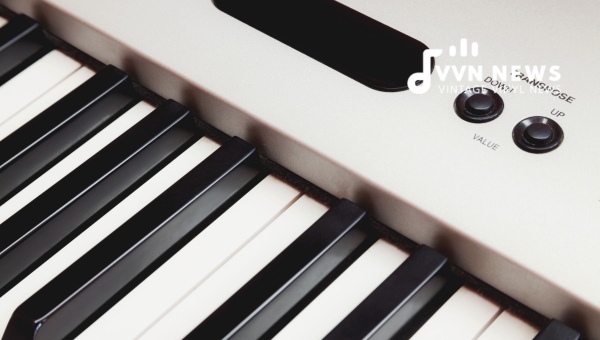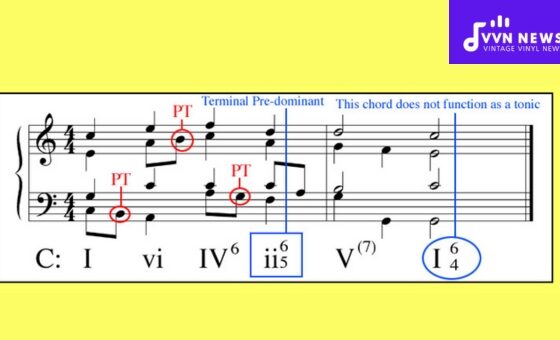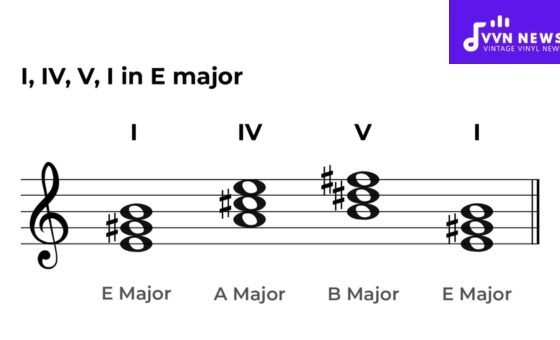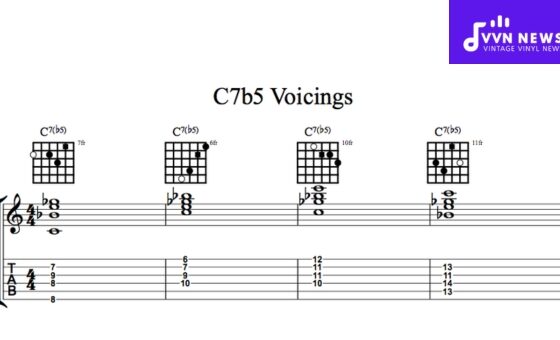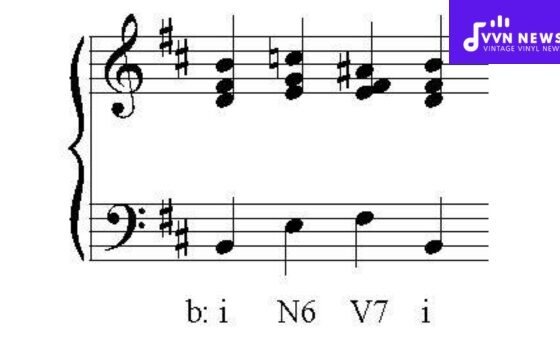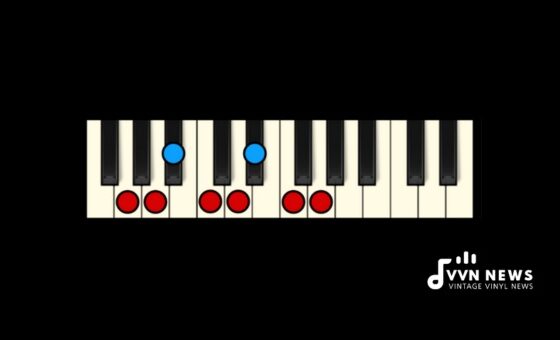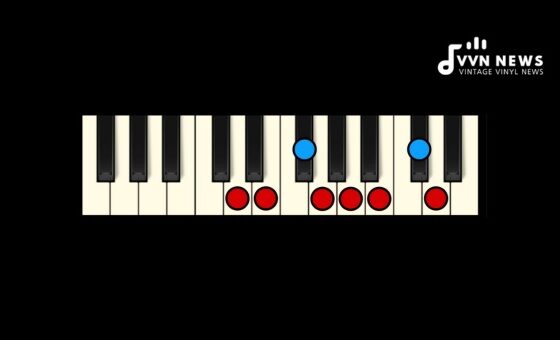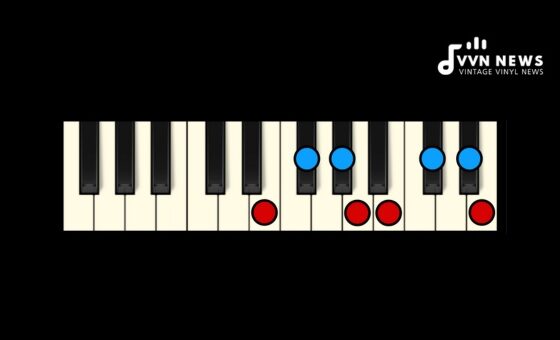Are you striving to expand your musical horizons and dive into the world of transposition? It’s a skill that can open up a whole new realm of creativity and expression, no matter what instrument you play.
But let’s focus on one crucial step in this journey: How to transpose up a perfect 4th.
Whether you’re reimagining a melody for a different key or arranging parts for other instruments, mastering this concept is essential in enhancing your musical versatility.
Transposing music might sound intimidating at first, but I assure you it’s like learning any new piece – practice makes perfect.
You’ll soon find yourself seamlessly shifting music to fit various contexts with ease. So if you’ve been puzzling over how to transpose up a perfect 4th, fear not!
I’m here to guide you through the process step by step, ensuring that by the end of this article, what seemed like a formidable task will become second nature.
What Defines a Perfect 4th?
A perfect 4th is an interval spanning four diatonic scale degrees. To put it simply, if you start at any note and count up four letters from that starting point (including the note itself), you land on the perfect 4th.
For instance, if you start on C, counting C-D-E-F brings you to F, which is a perfect 4th above C.
The term “perfect” historically relates to this interval’s consonance and stability within music.
A perfect 4th consists of five half-step semitones (for example, from C to F). It’s widely recognized by the opening notes of “Here Comes the Bride” or “Amazing Grace,” making it an interval even beginner musicians can easily identify by ear.
Benefits of Transposing Up by a Perfect 4th
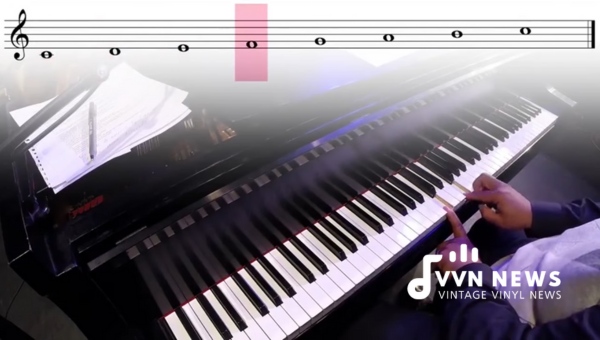
When you transpose a piece up by a perfect 4th, several benefits arise that can enhance both your performance and compositional skills.
Versatility in Instrumentation
Transposing allows musicians to play pieces in keys that are more suited for their instruments.
For brass and woodwind players, this skill is vital as it enables seamless integration with ensembles that may be tuned differently.
Vocal Comfort
Choir directors and vocalists often rely on transposition to match the key of the song to the vocal range of the singers.
By shifting up a perfect 4th, you might find the sweet spot where voices shine without straining.
Creative Exploration
Transposing pieces provides an opportunity to discover new textures and sonorities.
You’ll explore different key signatures and learn how they affect the overall mood of your music.
Skill Enhancement
It sharpens your theoretical knowledge, ear training, and even sight-reading abilities.
The regular practice of transposition pushes you beyond mere rote learning, fostering a deeper understanding of music theory.
By integrating these benefits into your routine, transposing up by a perfect 4th not only increases your musical toolkit but also broadens your appreciation for the intricate tapestry that is music composition and performance.
Also Read: How To Transpose Down A Major 3rd [Boost Your Music Knowledge]
Step-by-Step Guide: Transposing Up a Perfect 4th
Transposing music up a perfect 4th may seem daunting, but once you understand the concept, it’s a straightforward process.
Think of a perfect 4th as the distance between any note and the note’s four letter names above it.
To help clarify this technique, let’s march through the key steps you need to follow.
Identify Your Starting Note
Start by pinpointing the initial note of your melody or chord. This is your baseline from which you will count up to reach the perfect 4th interval.
Count Up Four Letter Names
From your starting note, move upwards through four-letter names within the musical alphabet (A through G). For instance, if your piece begins on an E, you would count up: F (1), G (2), A (3), and land on B (4).
Determine The Accidental
Now, consider what key you’re in or what accidentals may be present – sharps (#), flats (b), or naturals (♮).
Your destination note may require altering to fit appropriately within the context and maintain its quality as a perfect interval.
Make Adjustments for Key Signature
Consider whether your piece’s key signature has sharps or flats that affect your transposed notes.
Incorporate these accidentals accordingly to ensure that your transposition reflects the correct pitch alterations inherent in the key.
Apply Intervallic Distance to the Entire Passage
Take each subsequent note in your passage and apply the same method—move each up by an interval of a perfect 4th—adjusting for any necessary accidentals along the way.
By following these steps carefully, you can consistently transpose melodies or harmonies up by a perfect 4th.
With practice, this technique will become fluid and intuitive, adding invaluable depth to your musical toolkit.
Also Read: How To Transpose Down A Perfect 4th [Improve Your Music IQ]
Is It Possible to Transpose Note by Note?

Absolutely! Transposing note by note is not only possible but practical, especially for beginners.
This method involves moving each note up by the interval of a perfect 4th. Imagine you’re starting with a C note; transposing up a perfect 4th would take you to F.
It’s like shifting every rung of a ladder equally higher—it maintains the structure but changes the overall height.
Ensure you’re familiar with key signatures; as notes shift, accidentals may need adjustment to reflect the correct pitch in your new key.
Remember, consistency is crucial, so each note must be transposed identically to preserve the piece’s integrity.
Also Read: How To Transpose Down A Major Second [Must-Know Music Skill]
FAQs on Transposing a Perfect 4th
What is a perfect 4th in musical terms?
A perfect 4th is an interval in music spanning four diatonic scale degrees, from a root note up to the fourth note in a major scale.
Do I need to know music theory to transpose up a perfect 4th?
Knowing basic music theory is helpful, but you can begin transposing with guidance and gradually learn the theory as you go.
How do I transpose chords up by a perfect 4th?
To transpose chords, shift each note in the chord up by five half steps or move each chord letter up by four-letter names.
Will transposing affect the quality of the original music piece?
Transposing changes the pitch but maintains the quality and relationship between notes when done correctly.
Can I use software or an app to help with transposition?
Yes, there are various software options available that can assist with transposition, allowing for quick and accurate shifts in key.
Conclusion
In the grand tapestry of musical skills, transposing up a perfect 4th is a vibrant thread that intertwines theory with practical application.
Remember the journey through the circle of fifths, holding onto your landmarks—the key signatures and notable intervals.
Armed with this knowledge and the step-by-step guidance provided, you’re now well-equipped to navigate this transformative musical challenge.
